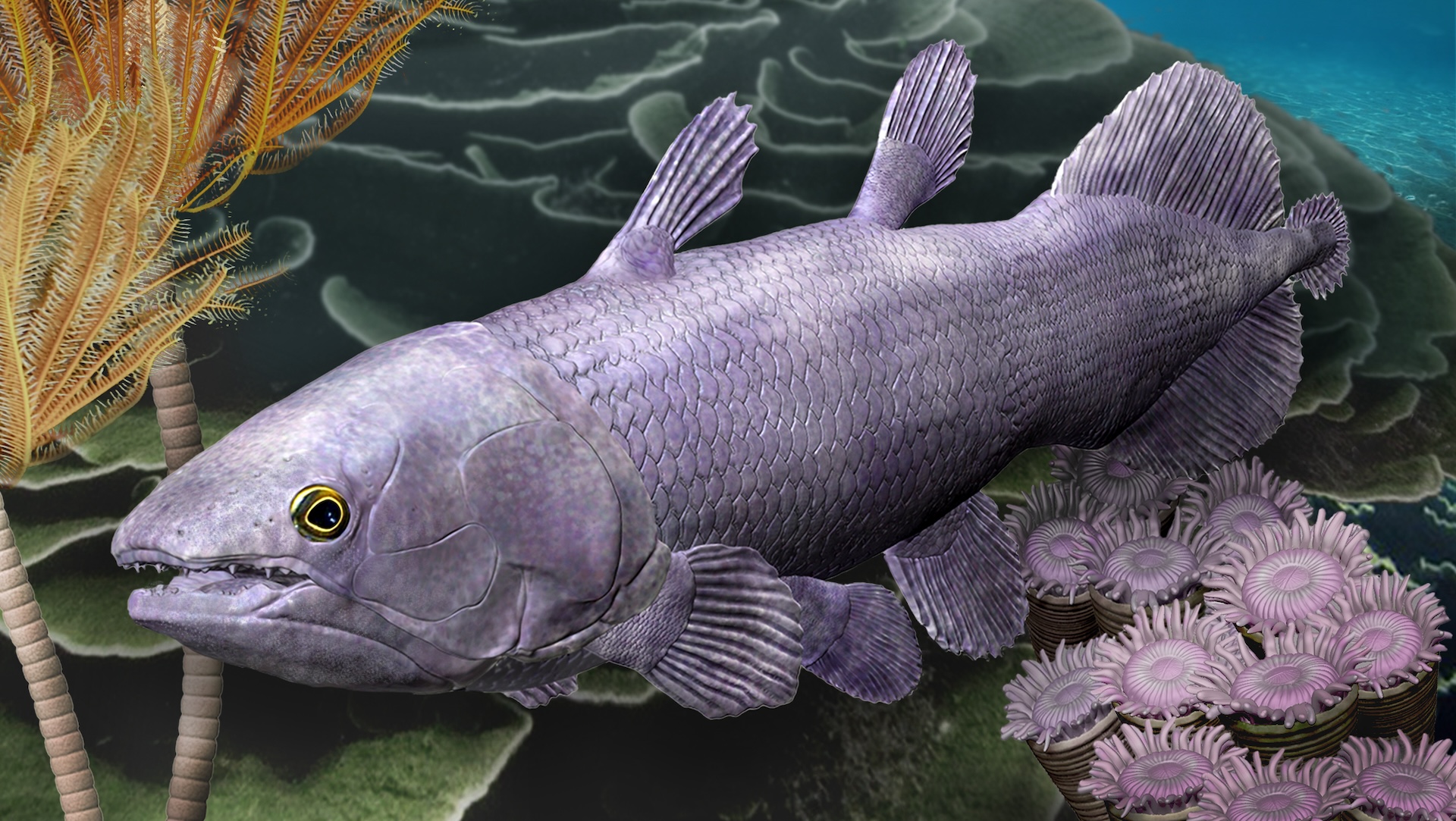Ecologies, Vol. 4, Pages 355-370: Differential Effects of Hydrogen Peroxide and L-Lysine Treatments on the Growth of Freshwater Cyanophyta and Chlorophyta
Ecologies doi: 10.3390/ecologies4020023
Authors: Elizabeth K. Dahedl Hidetoshi Urakawa
Harmful cyanobacterial blooms of the toxin-producing Microcystis have become a growing problem for Southwest Florida freshwater bodies. Recently, a 2016 bloom in Lake Okeechobee and a 2018 bloom in the Caloosahatchee River both led to the declaration of a state of emergency for the state of Florida. Fast-acting suppression methods are needed to protect residents and wildlife. Hydrogen peroxide and L-lysine have shown promising results in selectively inhibiting the growth of Microcystis aeruginosa and are more ecologically friendly due to fast degradation in water or the biological enhancement of nontarget organisms, respectively. We further explored the use of hydrogen peroxide, L-lysine, and combined treatments of both chemicals, which have never been tested before, for the rapid suppression of Microcystis. We assessed the susceptibility of seven M. aeruginosa strains and six other phytoplankton (Cyanobium spp., Synechococcus sp., Dolichospermum planctonica, Mychonastes homosphaera, and Chromochloris zofingiensis) commonly found in Florida, and revealed that susceptibility was diverse. All three treatments were effective at inhibiting the growth of M. aeruginosa, mixed treatments (16.7 mg/L hydrogen peroxide: 8 mg/L L-lysine) were most effective with a median growth inhibition ratio of 94.2% on the last day of the experiment, while hydrogen peroxide (16.7 mg/L) (83.8%) and L-lysine (8 mg/L) (78.5%) were less so. We found axenic M. aeruginosa to be significantly more sensitive to hydrogen peroxide when compared with nonaxenic strains (p < 0.01, n = 18). L-lysine was found to be significantly more toxic to M. aeruginosa than other examined cyanobacteria and chlorophyte strains at the end of the experiment (p < 0.001, n = 33), demonstrating its specificity to this cyanobacterium, while hydrogen peroxide and mixed treatments had varying effects on the other tested phytoplankton.

 1 year ago
46
1 year ago
46


